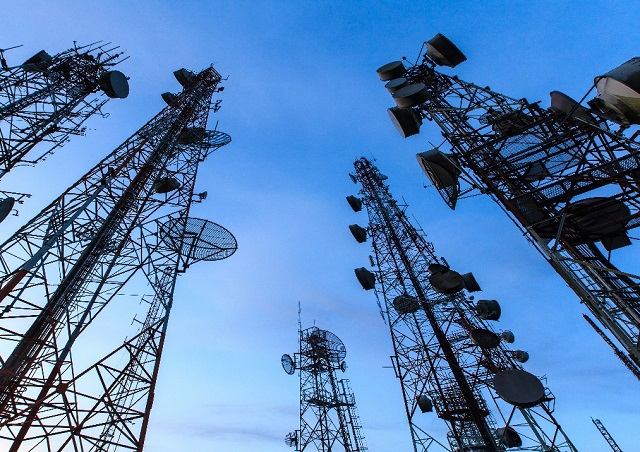Huawei Unveils PowerStar Solution at HAS 2018 to Help Reduce Carbon Footprint of Mobile Communications Networks
[Shenzhen, China, April 18, 2018] At the Huawei Global Analyst Summit (HAS) 2018, Huawei launched PowerStar, a new solution which aims to reduce the energy consumption of multi-mode multi-band mobile communications networks.
With PowerStar on networks, typical 2G, 3G and 4G base stations will use between 10% to 15% less electricity per year, preventing around two million kilograms of carbon dioxide emissions from being released into the atmosphere for every 1000 sites. Combined with a global initiative to reduce carbon emissions, Huawei’s intuitive new solution will help take the telecom industry one step closer to the UN's Sustainable Development Goals (SDGs) while allow carriers to cut network OPEX.

Cao Ming, VP of Huawei Wireless Solution, unveils PowerStar Solution
In 2015, the United Nations prioritized 17 goals for sustainable development, with climate change a leading concern. Following this, the mobile communication industry was the first industry to make big strides towards achieving these ambitious goals. At the time, all of the world's major mobile network operators announced power saving targets to show their willingness to make a change.
The global MBB businesses has seen fast developments in recent years. At present, with 2G, 3G, and 4G networks expected to coexist for a long time, dozens of bands are in use and the scale of mobile networks continues to grow to fulfill enormous service demands. Combined with rapidly increasing power consumption and rising levels of coupling among networks, it is difficult to cut energy consumption on mobile networks. To ensure optimal network performance and user experience, carriers employ rigid effective thresholds for energy saving. This in part limits the effect of energy saving on mobile networks.

Huawei PowerStar Solution
Huawei’s PowerStar solution can help. It adopts AI-based innovative technologies which is one of the three features of SingleRAN Pro, and other innovations to enable deep, coordinated power saving among 2G, 3G, and 4G networks. This solution allows networks to fit custom power saving strategies with configuration and traffic needs on different bands and modes at the base station level. With these strategies, mobile users can be switched to lower bands when total traffic remains low so that high bands can be switched off to realize deep power saving.
By leveraging AI to learn historical traffic and KPI data, PowerStar associates energy saving effects with mobile network performance to implement dynamic parameter adjustment so that power saving can be fulfilled without sacrificing network performance. PowerStar offers a visualized display of energy saving effects on base stations and mobile networks, ensuring that carriers can have dynamic energy use statistics to enable accurate power consumption management. In addition, PowerStar is software based and can be rapidly rolled out on existing networks.
"Climate change is a top SDG priority. The entire telecom industry must work together to save energy and cut the emissions of mobile networks and make active efforts to fulfill the SDGs set by the UN," said Cao Ming, Vice President of Huawei's Wireless Product Line. "PowerStar has been running on a trial basis in a number of countries, including South Africa, Indonesia, and China. We are confident that this solution can help over 90% of global carriers wind down energy consumption, contributing to a reduction of 4.5 million tons of carbon dioxide emissions every year."
PowerStar solution is an important part of SingleRAN Pro’s automatic intelligent management system. The 5G-oriented SingleRAN Pro solution features three stand out features: 2G, 3G, 4G, and 5G on one network, an agile architecture for diverse services, and an automatic intelligent management system.

